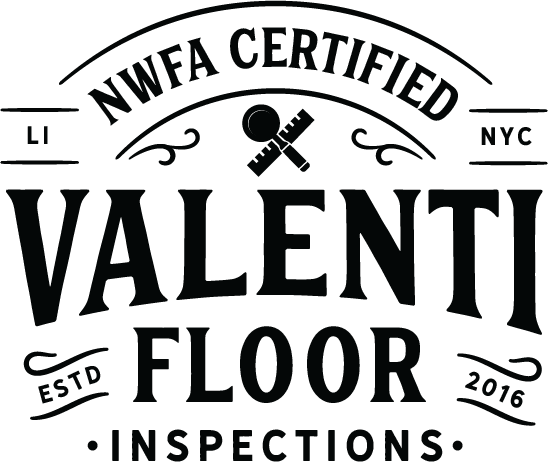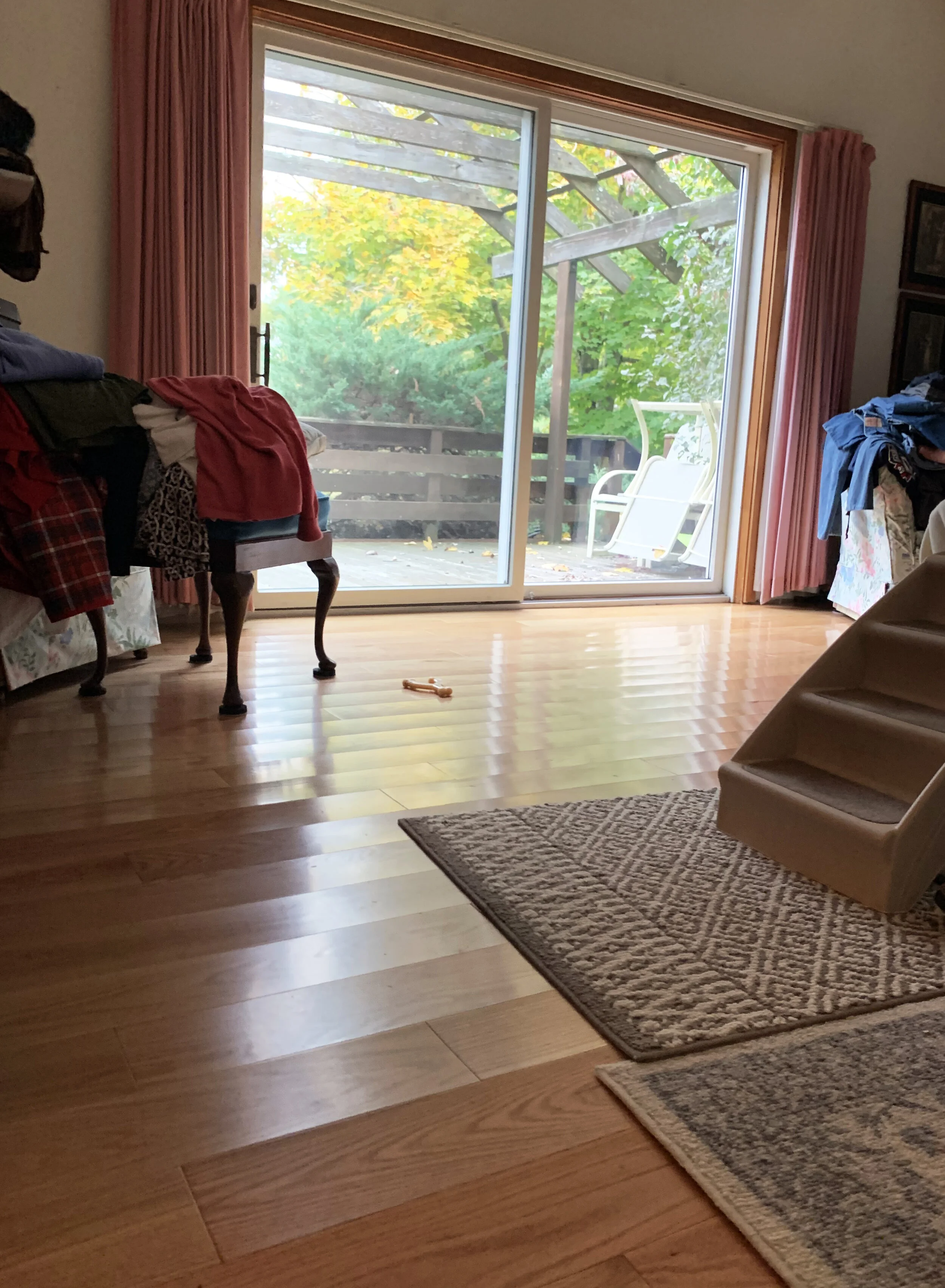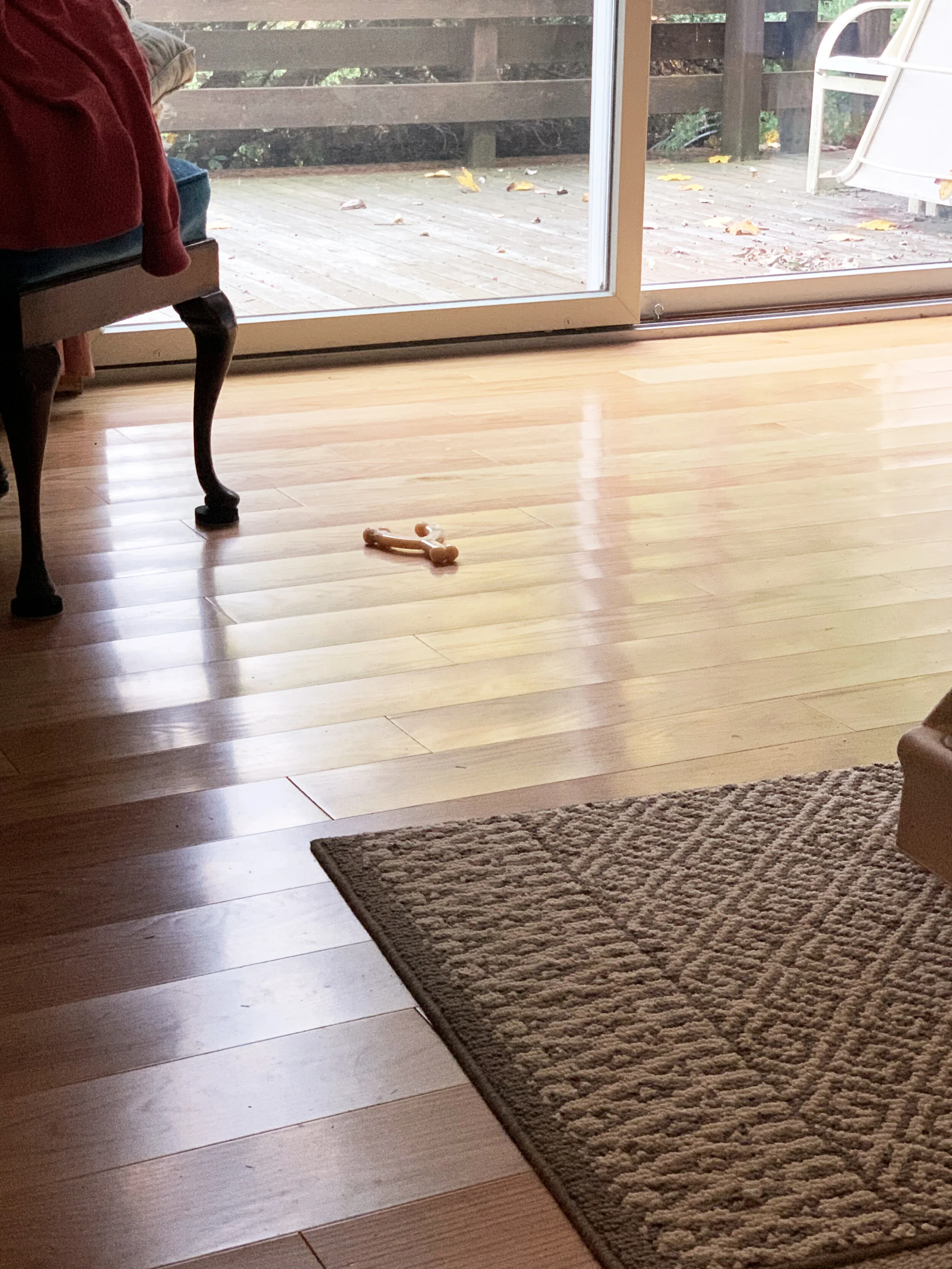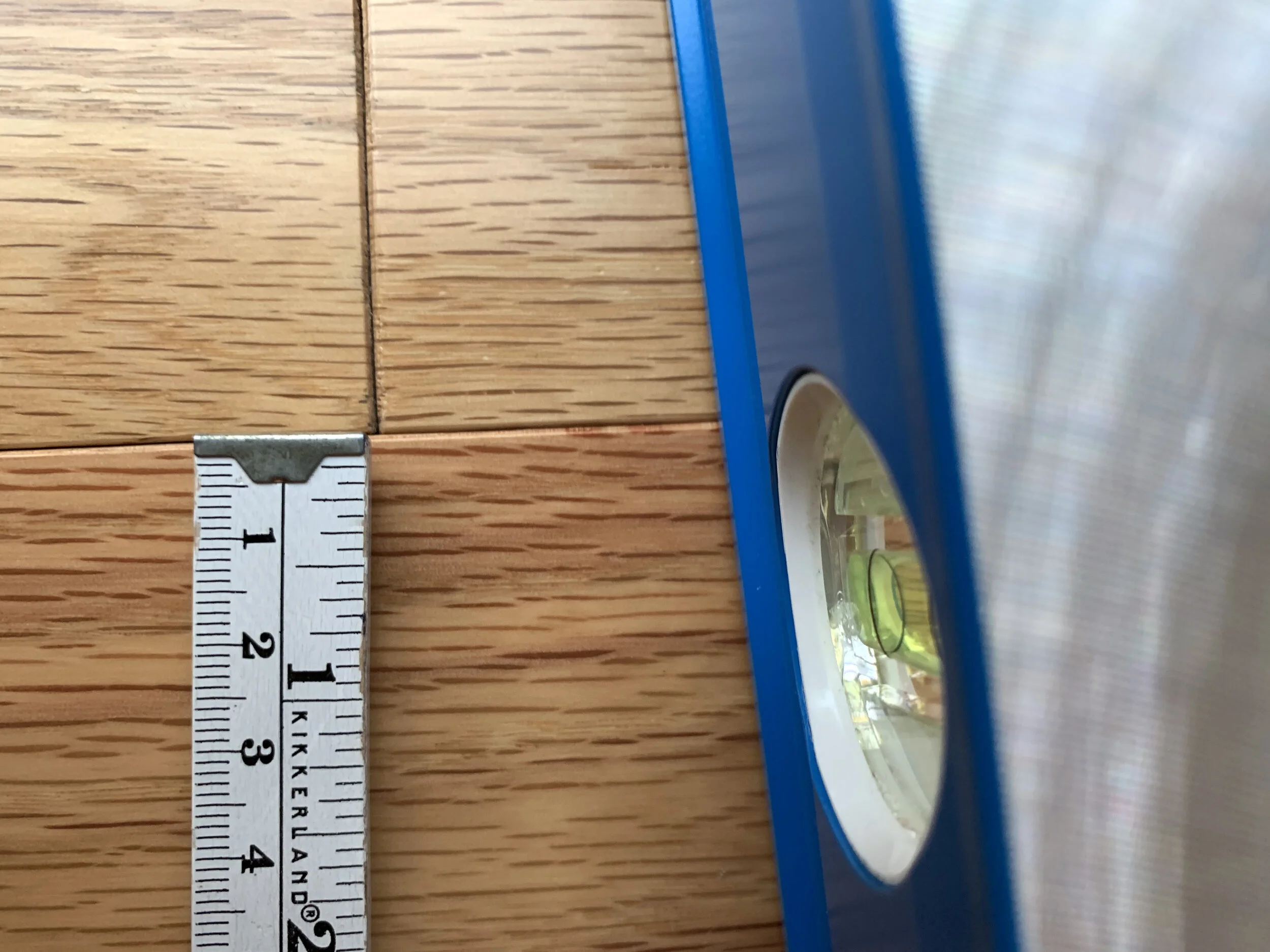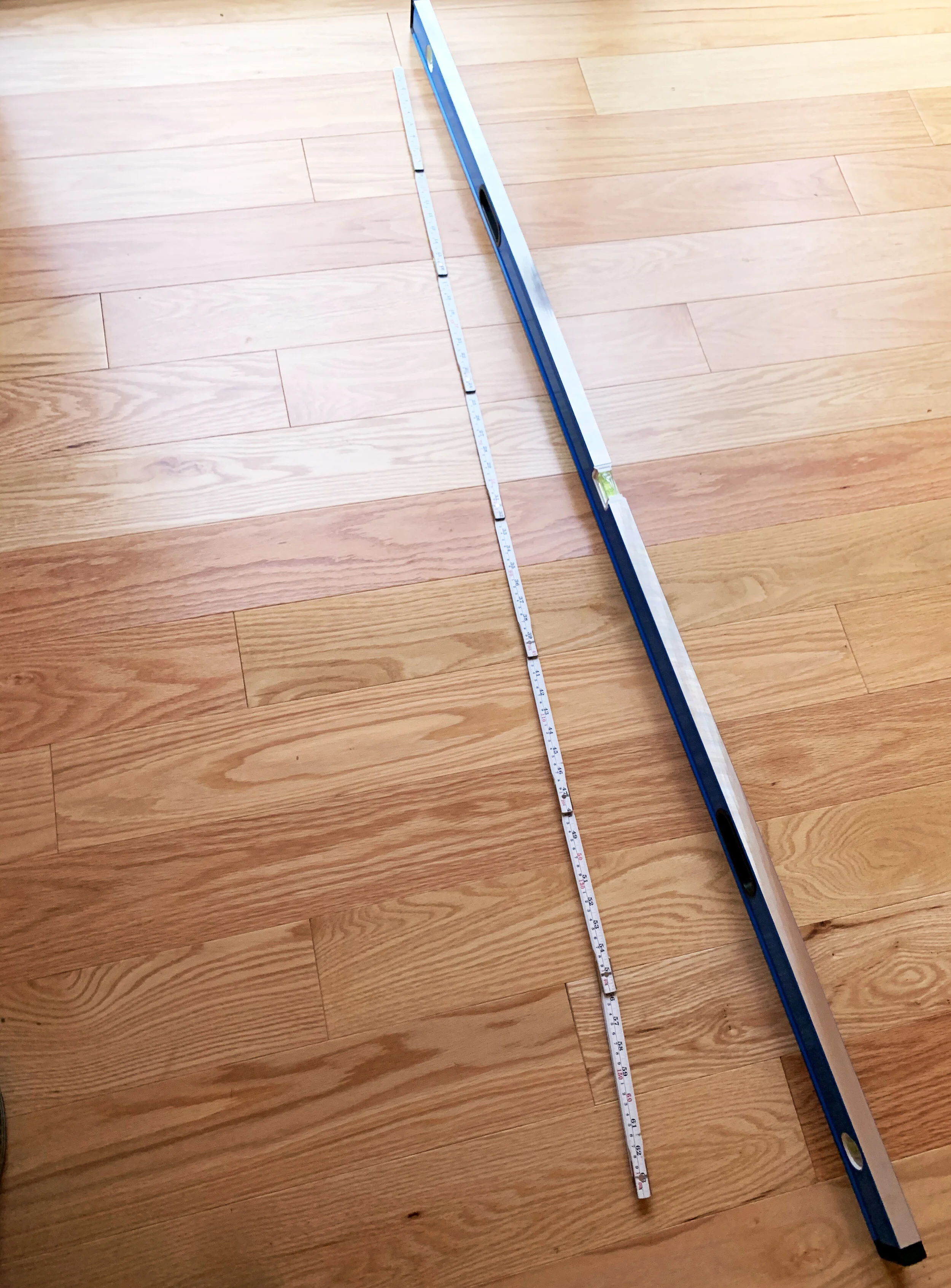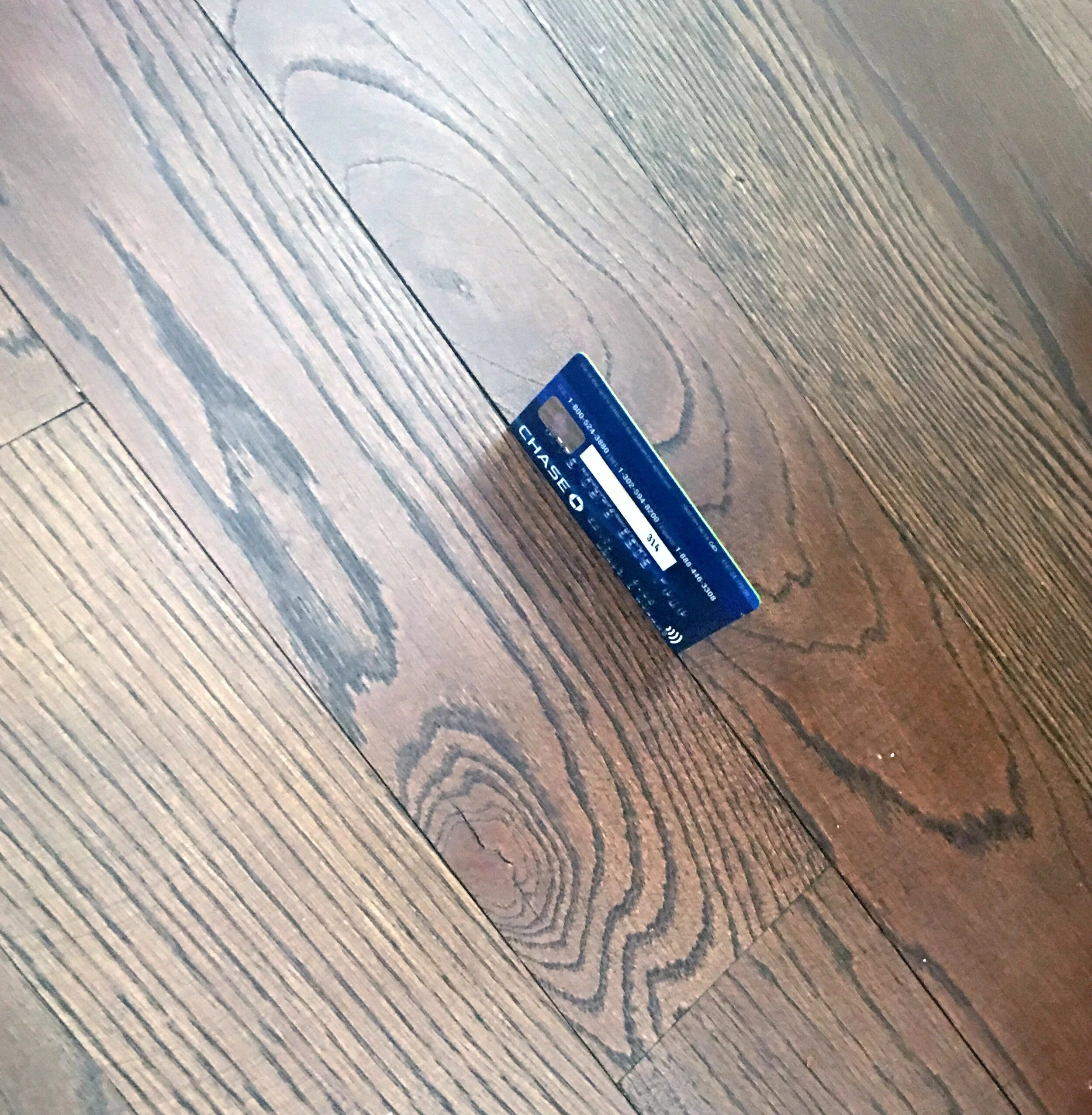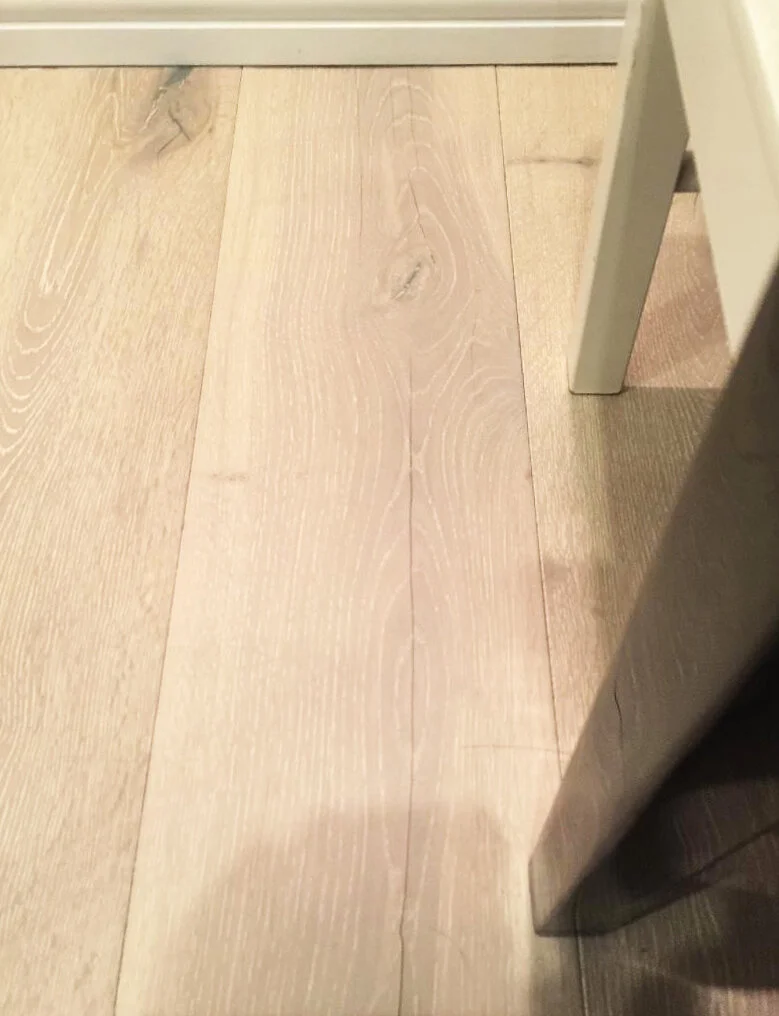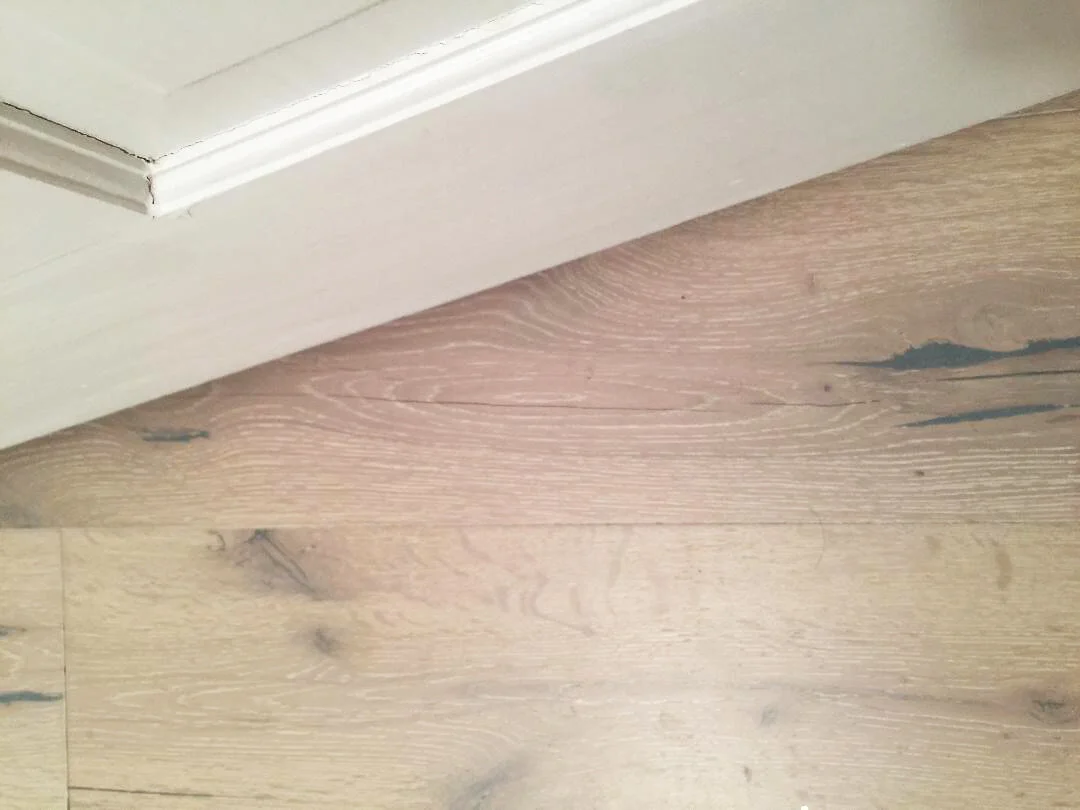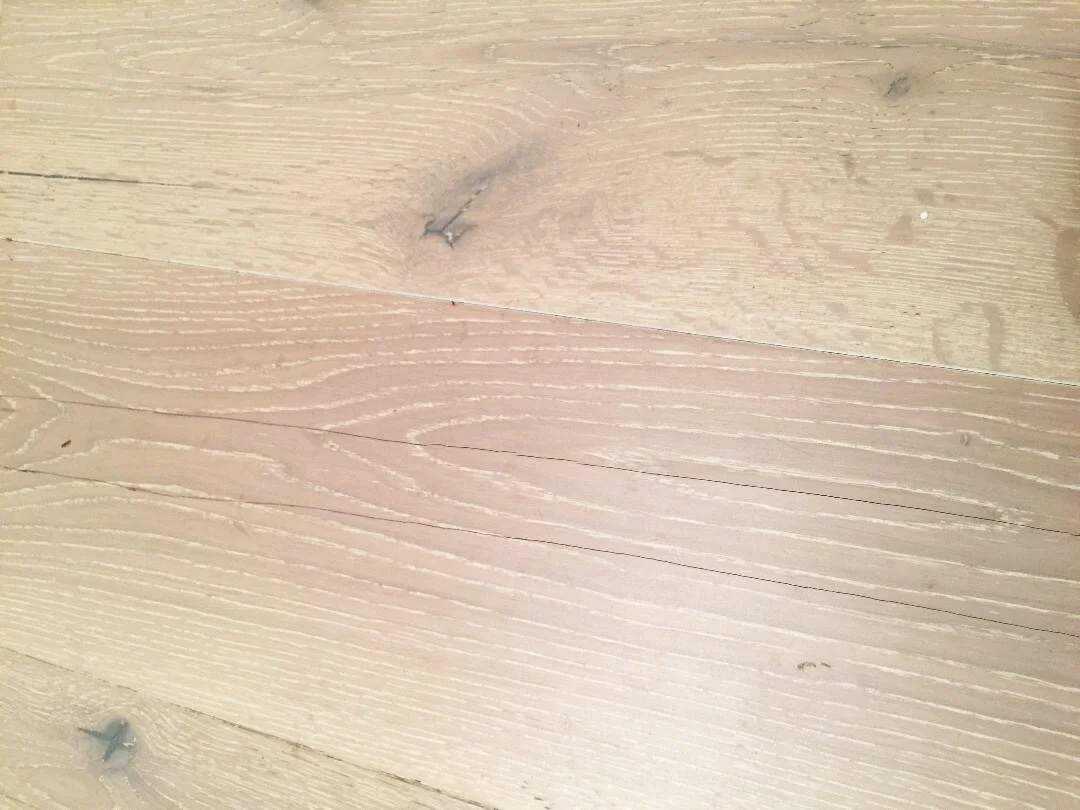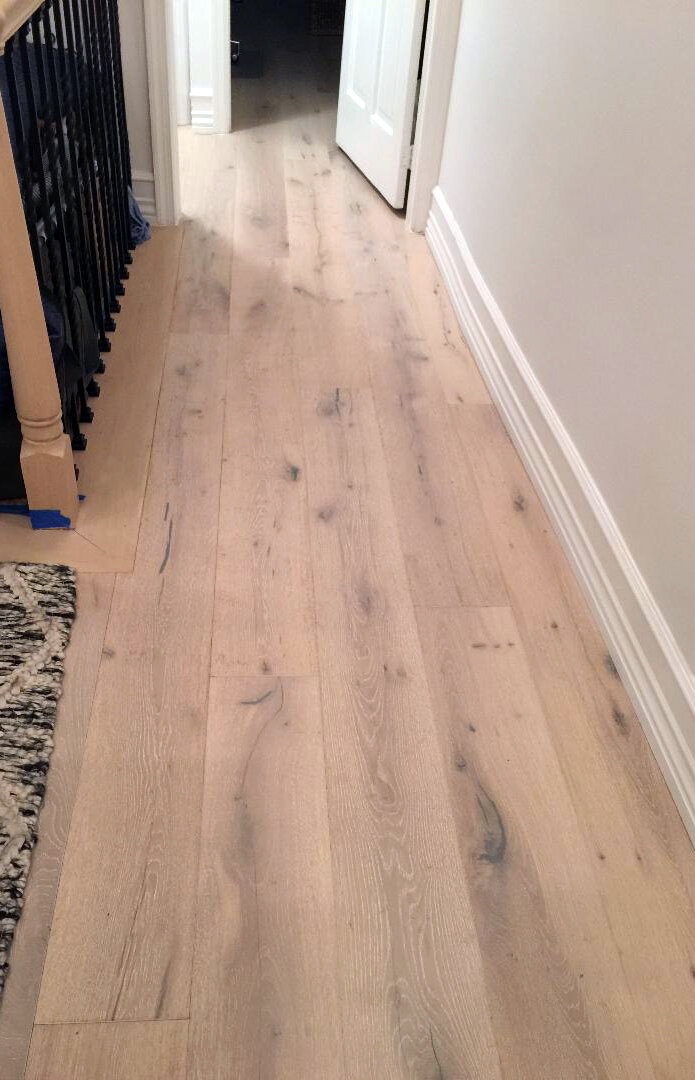Project Case Studies
Brand new prefinished wood floor in Connecticut displays cupping. Whose mistake is this – the homeowner or the installer? “Cupping” in a wood floor is when the edges of the boards are higher than the center of the board, and the surface of the board exhibits a concave shape. Cupping is usually indicative of a higher moisture content underneath the board, but it doesn’t always mean the problem originated from underneath the flooring.
Gapping present in a wood floor in central Long Island. Is this considered to be within the range of normal? Floor gapping is a common complaint from homeowners with hardwood flooring. Many times this can be attributed to a loss of moisture in the air - a prolonged drop in relative humidity, but at times other issues such as improper acclimation can be a factor. How do you know?
Prefinished hardwood floor boards in a Manhattan condo cracking. Is this a defective product? Cracking or “checking” is usually indicative of very dry conditions and/or excessive heat, however sometimes manufacturer error or end user error is to blame. What are some of the things we look for? Are the affected boards located in a certain area (such as above heating ducts) or are they scattered around in a random fashion? Are baseboards and crown moldings separated? Is the checking mainly on the ends of the boards? This can be a sign of user error, as excessive moisture infiltrating the edges of the boards can also exacerbate this issue.
Solid hardwood floors in Water Mill are gapping, buckling and cupping all in the same home. What is going on here? When problems arise with wood flooring, oftentimes blame immediately is assigned to the installer. Present in this home were leaking doorframes, large windows with no window treatments and strong, direct sunlight, as well as an absence of any relative humidity controls. Protect yourself with an official nwfa flooring inspection to determine the real cause of hardwood flooring problems.
